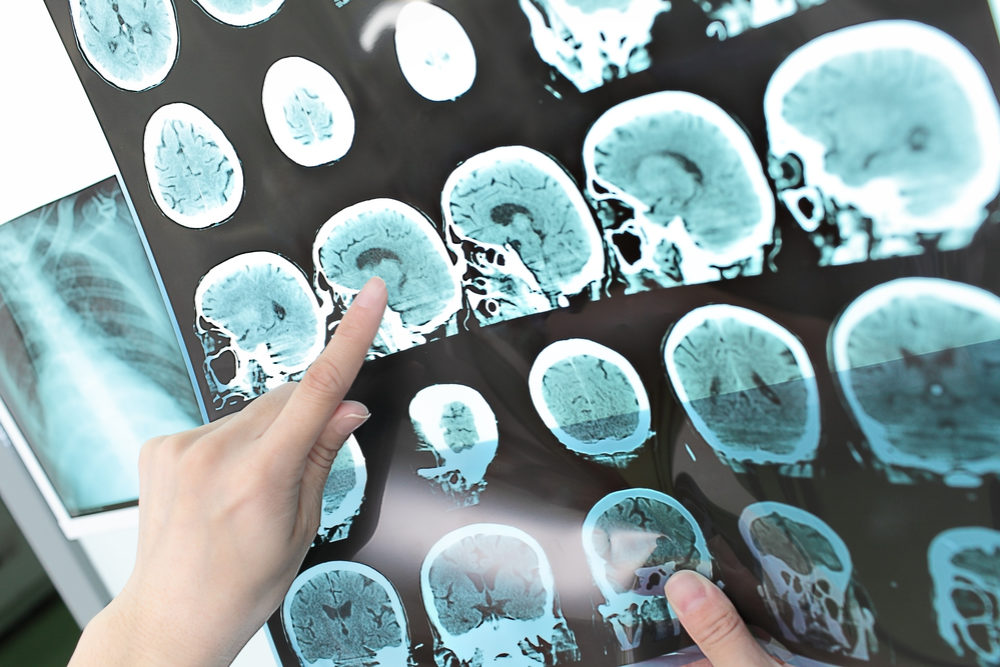AI Technology Could Reduce Need For Gadolinium Contrast Dyes, Researchers Say

New research suggests that machine learning algorithms, often referred to as “artificial intelligence”, may help reduce the use of gadolinium MRI contrast dyes, which have been linked to a variety of health concerns in recent years.
In a study presented at the Radiological Society of North America’s annual meeting last week, Dr. Enhao Gong of Subtle Medical indicated that the use of lower doses of gadolinium, when combined with a learning algorithm, led to magnetic resonance images that were comparable to images created by a full dose of gadolinium contrasting agents.
Gong and other researchers who worked on the development of the new technique said that they pursued it because of the growing evidence that gadolinium can deposit in the brain and body, which are suspected of causing painful and debilitating health problems. Gong said that while the health risks of gadolinium deposition are not yet fully understood, it’s important to mitigate potential patient risks.

Did You Know?
Millions of Philips CPAP Machines Recalled
Philips DreamStation, CPAP and BiPAP machines sold in recent years may pose a risk of cancer, lung damage and other injuries.
Learn MoreResearchers looked at data from 200 patients who underwent imaging with either no gadolinium, a 10% dose, or a full dose. Doctors took more than 60,000 image pairs, which were processed through a deep-learning technique that created an approximation of an image that would have been created with a full gadolinium dose.
The study used a cross-validation technique to compare the images and found that the images with the 10% dose were non-inferior to images created with a full dose of gadolinium when combined with the artificial intelligence technique.
Gadolinium-based contrast agents are used during MRI and MRA exams to help enhance the images. In recent years concerns have emerged about the risk of gadolinium deposition, with studies finding that some users are left with remnants of the toxic metal in their brain, or other parts of the body, long after receiving the contrast dye.
Even among individuals with normal kidney function, reports of MRI contrast dye reactions have emerged, with users indicating they have been left with persistent headaches, cognitive issues, joint pain and other side effects due to a buildup of gadolinium in their body.
Manufacturers of linear contrast agents now face a growing number of MRI contrast dye lawsuits, alleging that users and the medical community were not adequately warned about the risk of developing gadolinium deposition disease, which may cause persistent headaches, bone and joint pain, memory problems, cognitive issues, fibrosis of internal organs, bones and skin.
Get more articles like this sent directly to your inbox.
"*" indicates required fields






0 Comments